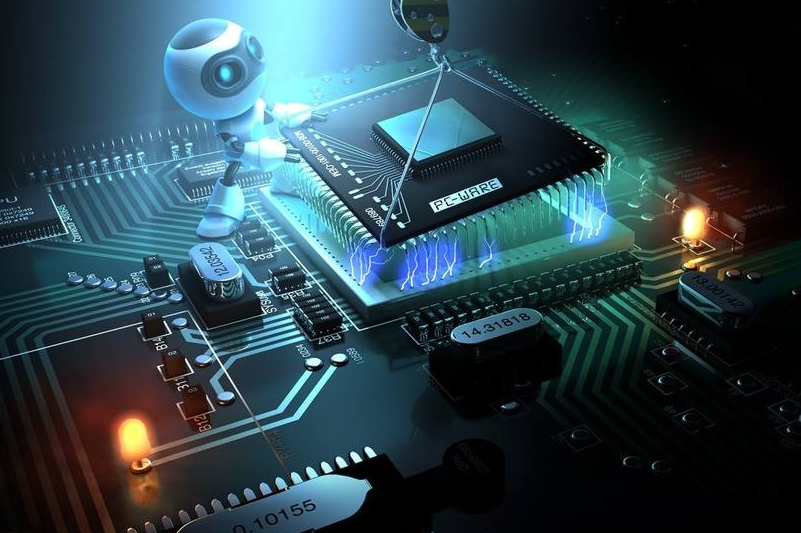C3D (CMOSColorCapTIveDevice) is a new generation of semiconductor imaging technology. It not only improves the pixel design technology, but also improves the production process. The 0.25μm CMOS image sensor produced by this technology can increase the number of transistors and the duty factor (FillFactor) under the premise of preserving performance. In addition to adding options for pixel design, more complex functions and lower power consumption can be achieved. Moreover, the sensor also has great advantages in terms of speed.
For designers, in order to maximize product quality, it is critical to make the right trade-offs in design. In terms of image sensors, quantum efficiency is very important, but dark current and cross-talk are equally important. Although shortening the life of a silicon chip can reduce crosstalk, quantum efficiency will also decrease.
One of the challenges that CMOS image sensors have to deal with is dark current. To date, CMOS imagers have used larger pixel sizes and lower operating speeds, so even if the dark current rate is within the normal range, more dark current is generated. To this end, C3D technology takes the following countermeasures: First, reduce the incidence of dark current by improving the CMOS process; secondly, compress the junction area (JuncTIonArea); finally, shorten the dark current collection time by increasing the frame rate (FrameRate).

As the pixel size shrinks, crosstalk between pixels increases. Although this effect is not obvious for black-and-white (monochrome) devices, color mixing occurs after the addition of a color filter, which causes difficulty in color separation during image processing, resulting in fading. In order to reduce crosstalk between pixels, it is often used to extend the lifetime of silicon carriers and to improve the silicon processing process. Extending the lifetime of the carrier will increase the quantum efficiency, but it will also increase crosstalk due to charge diffusion. To this end, C3D technology uses a special design that helps reduce crosstalk between pixels and improves the process.
Current CMOS image sensors also have the problem of fixed image noise, which is caused by the inherent structure of the sensor. Each pixel or column of pixels has its own amplifier, and the smaller mismatch in the amplifier can change the gain and bias associated with it. The result is a fixed image noise that the user can see on the image. In response to this problem, C3D technology uses amplifiers with relatively low sensitivity to various changes, as well as methods for manufacturing more stable transistor-specific processes. A unique circuit that further reduces the offset is also designed. The core technology of C3D improves the fixed image noise, crosstalk between pixels, and dark current in the above CMOS image sensor. Moreover, it also reduces the dependency on the supporting chip. It is expected to provide digital imaging products with no CCD limitations such as output frequency limitation, high power consumption, and high readout noise.
The biggest feature of C3D technology is the uniformity of pixel response. C3D technology redefines the performance of the imager (ie, including the overall performance of the system) and improves the standard performance of CMOS image sensors in terms of uniformity and dark current. Therefore, in addition to image quality, designers must also pass power, frame rate, programmable gain and integration settings, on-chip windowing / subsampling, timing signal generator, DC bias The functional integration, level shifter, etc. are fully considered to reduce the number of chips required, thereby simplifying the overall structure of the system. Because C3D technology is designed for specific applications, system designers can use it to integrate on-chip functions and design according to existing system parameters to improve the overall performance of the system, resulting in 3.17 million pixels. Resolution. Another design benefit of using C3D technology is the utilization of the processing power of the on-chip integrated array, which can greatly reduce the amount of subsequent image processing.
We are professional manufacturer of retro Bluetooth speakers,our retro speaker high energy density, mini size, light weight and diversified shapes;Excellent fast charging performance, support fast charging and other excellent features with a brand-new design, showing retro nostalgia without losing fashion. It uses a 2.5-inch speaker and has many functions such as FM radio, Bluetooth fast connection, multi-mode switching, and HIFI high fidelity. Wireless Bluetooth 4-10 hours of playback (at 50% volume), which adds to its unique charm.
For Bluetooth retro speakers, I personally think that when many people buy them, the appearance is the first priority and the function is second.
The sound quality of small vintage speakers is also good. It does not have the same large speakers and power as HIFI speakers, and its sound quality cannot compete with large speakers due to physical limitations. But for the vast majority of users who are not golden ears, the use of small speakers with tablets and mobile phones is sufficient to meet their hearing needs.
Mini Cute Retro Speaker,Speaker For Gift,Classic Speaker,Mini Cute Vintage Speaker
Shenzhen Focras Technology Co.,Ltd , https://www.focras.com